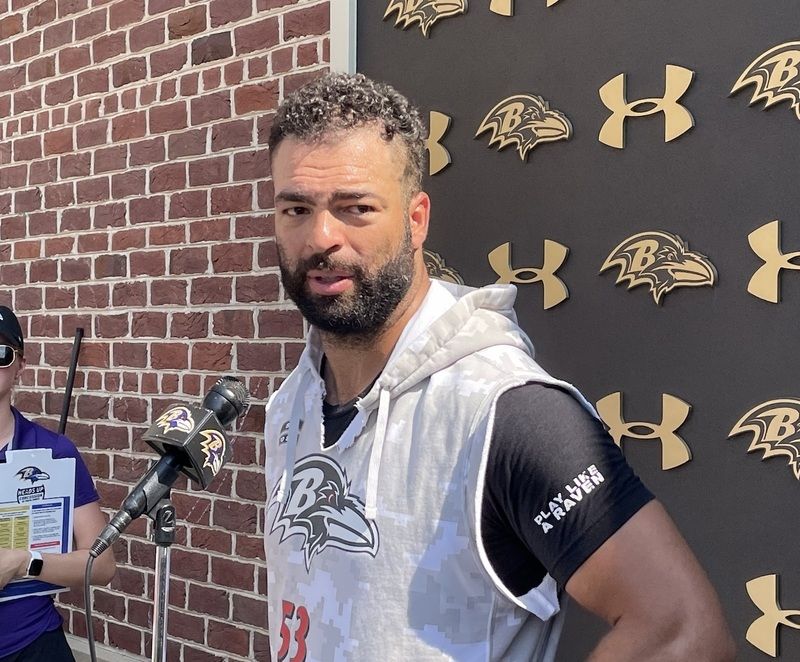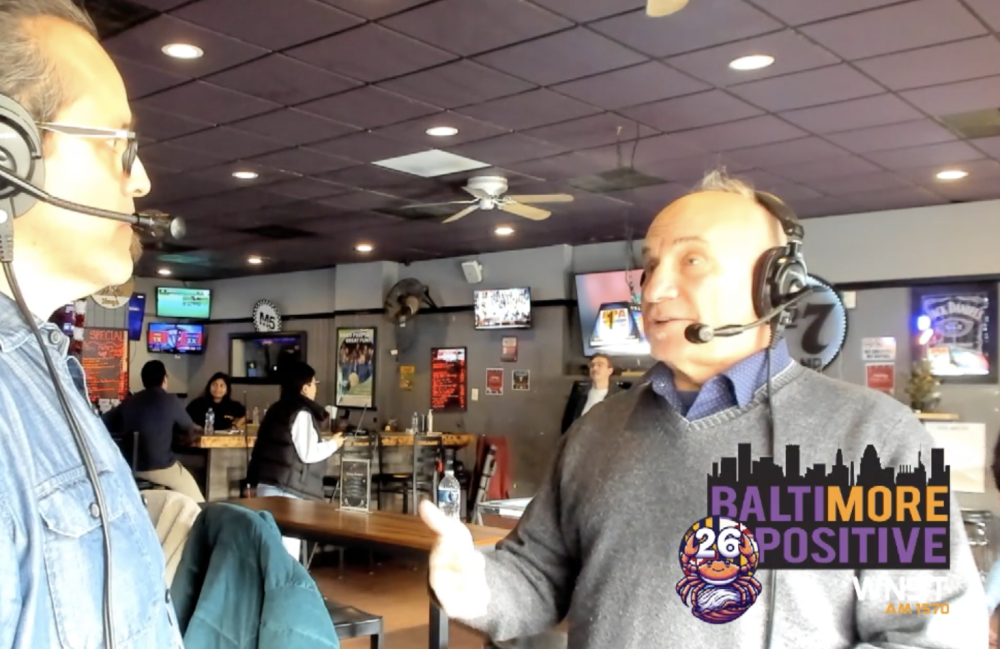There’s been plenty to dislike during the Orioles’ season-worst four-game losing streak, but the latest poor outing from Opening Day starter Kevin Gausman tops the list.
Seemingly poised to become a top-of-the-rotation starter after a superb final two months of 2016, the 26-year-old has instead been one of the worst pitchers in baseball to begin the new season.
The fourth overall pick of the 2012 draft entered Monday last among qualified American League starters with a 7.19 ERA over his first nine starts and is better than only the 43-year-old Bartolo Colon in the major leagues. In blowing a 5-0 lead in Sunday’s 9-8 loss to Kansas City, Gausman surrendered at least five earned runs for the fourth time in his last six starts, an alarming stretch considering he entered the season with a total of 12 outings of five or more earned runs allowed in his entire career. Forgetting any visions of Gausman becoming an ace, where’s the solid pitcher who posted a combined 3.77 ERA over the previous three seasons to serve as a middle-of-the-rotation starter?
That’s what makes his horrendous start so troubling. Contrary to the many frustrated fans comparing him to Jake Arrieta — though his sudden fourth-inning collapse against the Royals on Sunday was quite “Arrietian” in nature — and Brian Matusz, Gausman has had much more success than either of those two ever did as starters in Baltimore. The right-hander hasn’t struggled to this degree since early in his rookie season when he was a year removed from being drafted and hadn’t pitched above Double-A Bowie.
So, what’s wrong with the talented young pitcher?
A career-low 6.8 strikeouts per nine innings and a career-high 4.6 walks per nine are red flags that beg to question whether Gausman is healthy, but his average fastball velocity is nearly identical to what it was last year and is in line with where it sat when he was exceptional over the final two months of 2016, according to PITCHf/x data. That doesn’t mean he couldn’t still be hiding an injury as diminished command can be an early sign of an ailment, but manager Buck Showalter has volunteered more than once that Gausman is in a good place physically after dealing with bouts of shoulder tendinitis in 2015 and early in 2016.
Gausman has spoken more than once about his mechanics being out of sync as the novice can see how frequently his fastball has leaked to his arm side this season. Even his biggest critics over the last few years acknowledge that he never had a problem with issuing free passes after walking just 2.5 per nine frames over his first four seasons. If his delivery is out of whack and causing his poor command, what is new pitching coach Roger McDowell doing to help matters?
Regardless of how hard he’s been hit overall, Gausman simply isn’t throwing as many strikes — a career-low 60.6 percent of his pitches have been strikes compared to 64.4 percent over the previous two years — and that’s clearly a problem.
There have been some changes to Gausman’s pitch usage early in 2017 that could either help explain or merely reflect his overall problems.
The development of an effective breaking ball has been a well-documented obstacle throughout his professional career, but he revealed in the spring that he was going back to his slider after leaning more on a curveball the previous two years. Gausman is throwing the slider more frequently than ever — with the occasional curve mixed in — and his average slider velocity of 84.3 mph is much faster than he’s ever thrown it, but the results still haven’t been there.
Making matters worse has been the regression of his split-changeup, which had easily been his best secondary pitch over his first four major league seasons. According to Brooks Baseball, Gausman is throwing his split a career-low 14.8 percent of the time, and the sharp break and consistent command of the pitch just haven’t been there. Though that pitch has been more effective against left-handed batters and he did face some righty-heavy lineups early in April, a 1.5-percent decrease in lefty hitters faced from a year ago is hardly meaningful enough to justify such a decrease in his usage of the split.
Has his spring focus and increased velocity on the slider somehow compromised the reliability of the fastball-split combination that had made him consistently competitive in the majors over the last few years?
Only Gausman can know this for sure, but could at least part of the problem be mental?
Despite looking every bit the part of an ace over the final two months of 2016, Gausman had to hear about the increased expectations throughout the offseason, especially with veteran Chris Tillman sidelined throughout the spring and over the first month of the season. Has the emergence of Dylan Bundy prompted Gausman to put more pressure on himself to be great since the 24-year-old has spent a fraction of the time in the majors compared to him?
After Gausman received little run support a year ago, no one can complain about the lineup’s contributions as he’s received the best run support of his career so far in 2017. Staked to a 9-1 lead at Yankee Stadium last month, Gausman gave up five earned runs and was chased in the seventh inning of a game the Orioles inexplicably lost in extra innings. On Sunday, it took him only minutes to squander a 5-0 lead as MASN broadcaster and Hall of Fame pitcher Jim Palmer questioned his concentration level during the telecast.
Whatever the explanation, the Orioles need Gausman to rediscover himself quickly. With Tillman not pitching at full strength and Bundy still in his first full season as a major league starter, Gausman is too important to the fate of the 2017 club to continue performing like this. His track record as a reliable middle-of-the-rotation arm for the better part of the previous three seasons makes him deserving of at least a few more starts to get back on track and start showing consistent improvement, but he can’t continue holding a rotation spot as one of the worst pitchers in baseball for the long term — even with the lack of viable alternatives.
Those offseason thoughts of Gausman finally becoming a No. 1 starter may look foolish at the moment, but, at this point, the Orioles would take him being the solid pitcher he’s been for most of his career.
Aside from a start or two, even that guy is nowhere to be found in 2017.


























